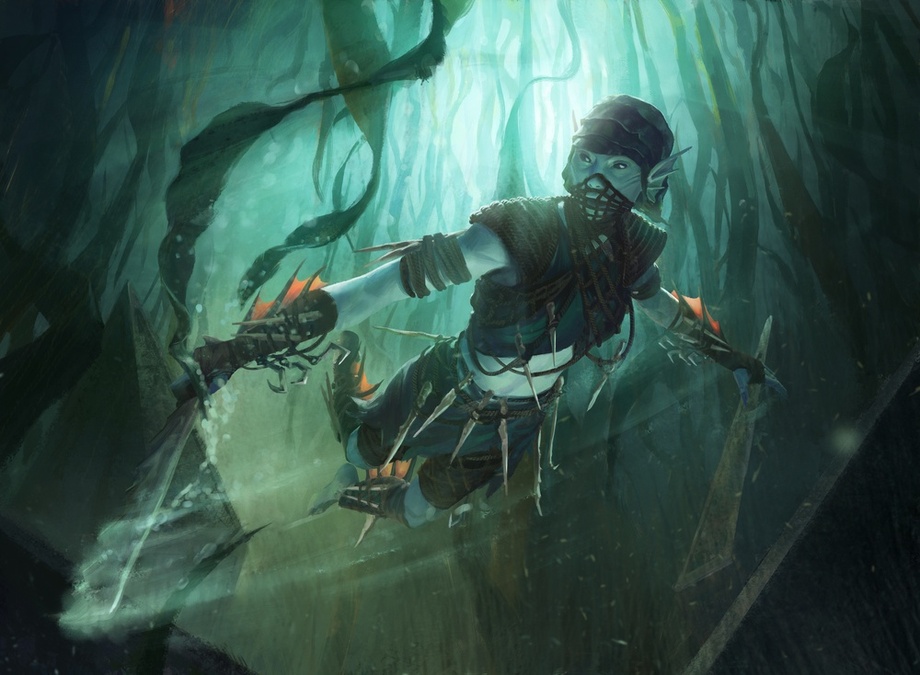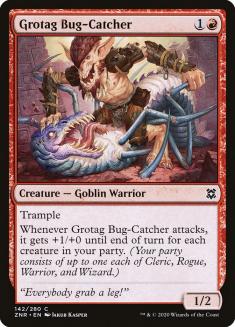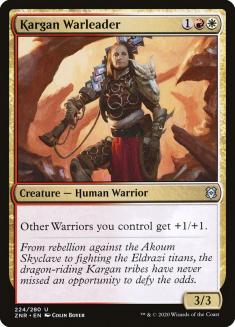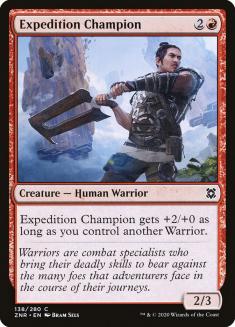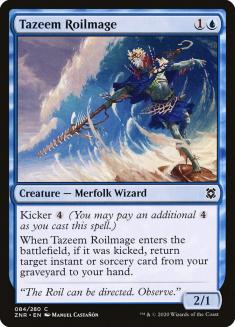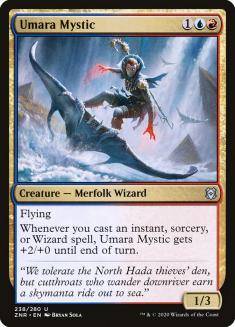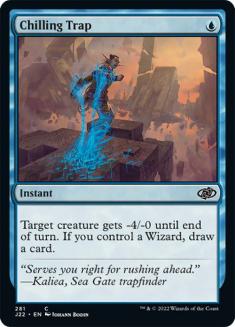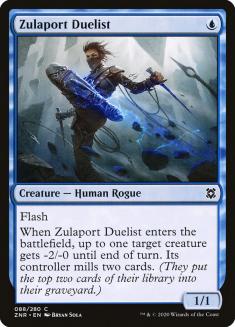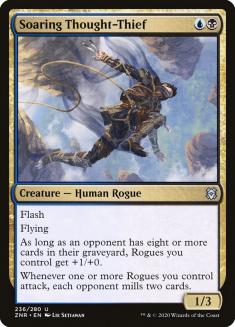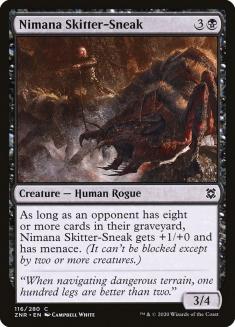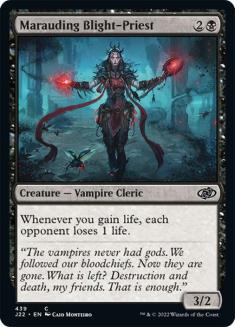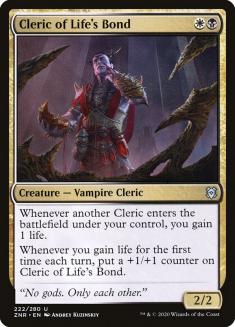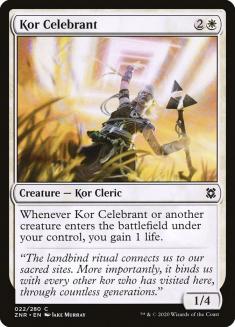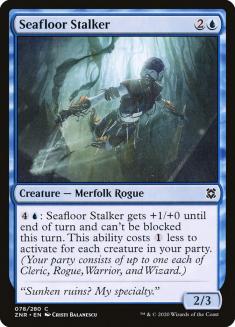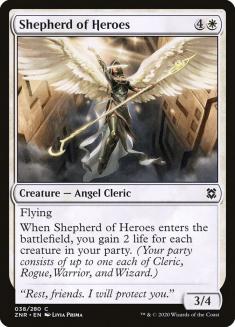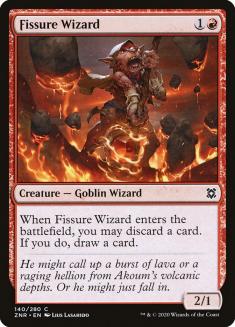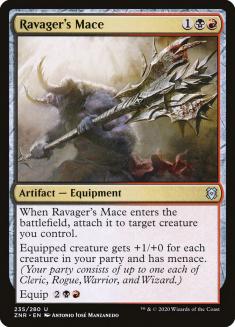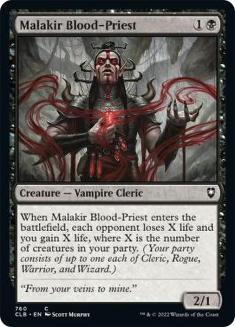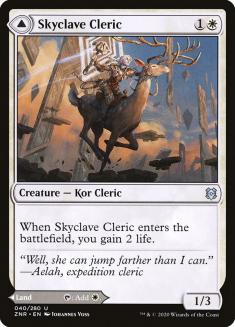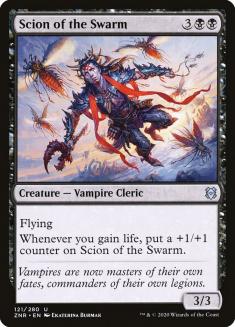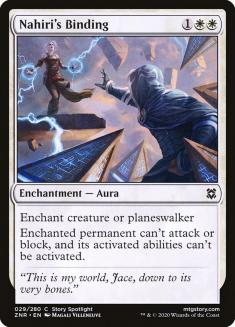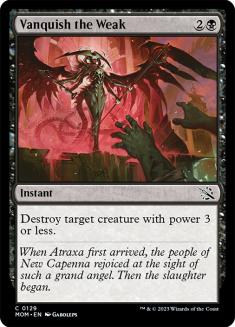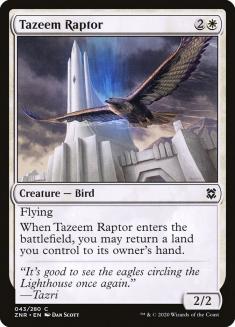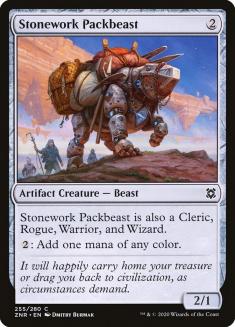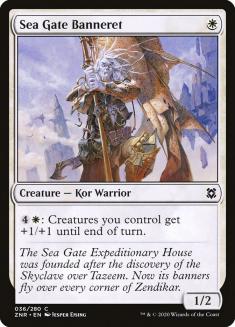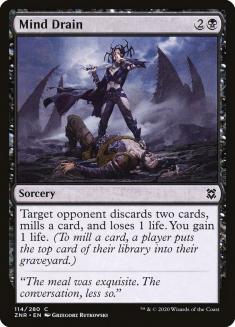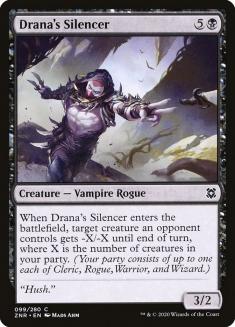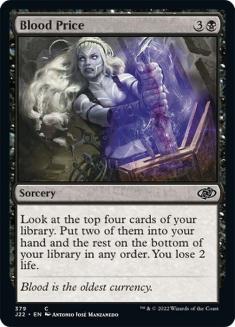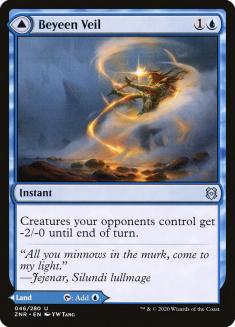At the beginning of this Limited format, I dove into exploring how modal double-faced cards (DFCs) contributed to deck architecture and Draft navigation. I learned a lot, and you can read about my extrapolations and learnings here.
However, this has had a detrimental affect on my understanding of the party mechanic. Prioritizing modal DFCs naturally decreases the total cohesion of a deck. As I discussed in my previous article, this is worth the tradeoff to an extent. As long as the deck has enough synergy and cohesion, the power-level and consistency increase from modal DFCs is well worth it. This is why I have had success with green decks and less so with party decks; green decks require a less dense form of synergy surrounding commons.
But the party-synergy decks are real. Very real. And now that I understand how to draft them, I have full vision into what this format has to offer. My goal today is to provide a brief outline for each archetype that leans on the party mechanic. Let’s start with the smaller tribes:
Boros
Boros is an aggressive strategy, as per usual. The subthemes it cares about are Warriors and Equipment. I have been impressed by Resolute Strike out of this archetype and am wary to attack with a flyer when my Boros opponent has a Cliffhaven Kitesail out. That being said, Kitesail and Strike aren’t priority commons. They should be drafted on the wheel.
This deck hedges on a good curve with Grotag Bug-Catcher and Expedition Champion. Because of this, the deck is often heavy-red. However, this one-two punch at common isn’t enough to create a good Boros deck. I find myself hard-pressed to draft this deck without a Kargan Warleader, but with it, it’s one of the most potent archetypes in the format.
Izzet
Izzet Wizards, unlike Boros, is less aggressive and less dependent on uncommons. Umara Mystic and Relic Amulet are fantastic uncommons for the deck, but Izzet functions perfectly fine without them. It’s often a tempo-oriented midrange deck that can properly curve out and close the door early with the right draw, but also has solid late-game power.
Out of all the “tribal” decks with party synergies, this is surprisingly the least synergistic. Most of my successful Izzet decks are collections of good cards. Yes, Rockslide Sorcerer is maximized, but like any midrange red deck in this format, removal with Pyroclastic Hellion as the top of the curve is a recipe for success.
Dimir
The secret to Dimir Rogues is determining whether or not it is correct to care about mill or Rogues at all. Soaring Thought-Thief is an incredibly powerful uncommon worth an early speculative pick. However, most Dimir decks will not have the pleasure of having this card. Without it, supporting both Rogues and mill can be difficult.
Without an easy eight-card-graveyard threshold, Nimana Skitter-Sneak is a terrible rate. But with it, loading up on 4/4 menace creatures seems like a solid idea. But is it solid enough to justify playing Zulaport Duelist?
I wish I could give an explicit answer, but I can’t. One of the wonderful aspects of this Draft format is that all the drafts and games are incredibly different. There will be decks that play Zulaport and Nimana and there will be decks that won’t. And the key to drafting Dimir is determining which of those decks is correct to draft in a given seat. I have had the most success with a controlling Dimir deck that leans harder on party than it does on mill, but both can be successful.
Orzhov
I hate this deck. I hate it so much. I hate playing against it. I hate playing with it. But my job right now shouldn’t be colored by my preferences, and a good Orzhov Cleric deck is one of the better decks in the format. The games just drag on forever, which isn’t my cup of tea.
Cleric of Life’s Bond is an insane card. It’s almost always attacking for three on Turn 3, and continues to scale well into the late-game while also turning on every synergy in the deck. It’s worth biasing your draft towards Orzhov, and it would be a mistake to take a common like Deadly Alliance over it to “stay open.” Yes, it’s that powerful.
If you haven’t been privy to seeing this deck in action, do not sleep on Relic Vial. I have seen this card wheel too often. It’s one of the most powerful engines in the deck and should be taken highly if the current draft looks like it could go down the Orzhov route.
Unlike the other tribal decks, I don’t think Clerics gets much of a reward seeking out extra party members. It’s more important to maximize the number of Clerics, as they are on-plan and help push cards like Cleric of Life’s Bond to insanity.
Azorius
Azorius is currently one of the most underrated archetypes in the format right now. I thought it was complete trash for quite some time until I saw the key in action. It’s so easy to miss. Seafloor Stalker. It’s a dragon.
I’m not kidding. The goal of Azorius is to hit a battlefield stall and then achieve full party. This makes Seafloor Stalker’s activation cost reduce to a single blue mana. And then, over the course of two turns, simply deal lethal damage. Play Cliffhaven Sell-Sword and Farsight Adept, but not because the deck is aggressively slanted. Rather, they’re good cheap plays to turn on party, and they both trade up to help incentivize a battlefield stall.
Shepherd of Heroes is more raw power than Seafloor Stalker, but it’s legitimately less important in the gameplan. I currently take Shepherd over Stalker in Azorius because Stalker commonly wheels. However, if this weren’t the case, I believe Seafloor Stalker would be the correct pick. It still feels weird to me, but after playing with and against this deck a few times, I’m confident it’s correct.
Rakdos
I believe Rakdos is the best deck in the format at the moment. And while there are two versions, both appreciate party synergy. One is very aggressive and actively wants Ravager’s Mace. The other is the classic removal-dot-deck that grinds until each player has dry resources. This deck cares less about party than the aggressive variant, but still cares.
However, both archetypes absolutely need good two-drops. The midrange decks needs them to ensure saving Deadly Alliance and other removal spells for more expensive threats. The aggressive deck needs to get ahead on the battlefield early. Fissure Wizard and Malakir Blood-Priest help cover harder creature types and provide valuable effects.
The slower the deck, the more important Blood Beckoning is. It can still be a reasonable inclusion to recur Malakir Blood-Priest, but it’s only a necessity if grinding resources is the primary gameplan. Overall, Rakdos is the best archetype because it’s flexible and powerful. This means that a table can support two Rakdos drafters without much stress.
With an understanding of how party manifests for each color combination, I want to dive into a late pick in a recent draft of mine. Every card in this pack is a viable option depending on which party deck is most likely, and I think understanding the nuances of each, and which is best supported by the current pool, is necessary to approach this decision. What would you do?
Pack 1, Pick 10
The Picks So Far:
The Pack:
The Pick:

